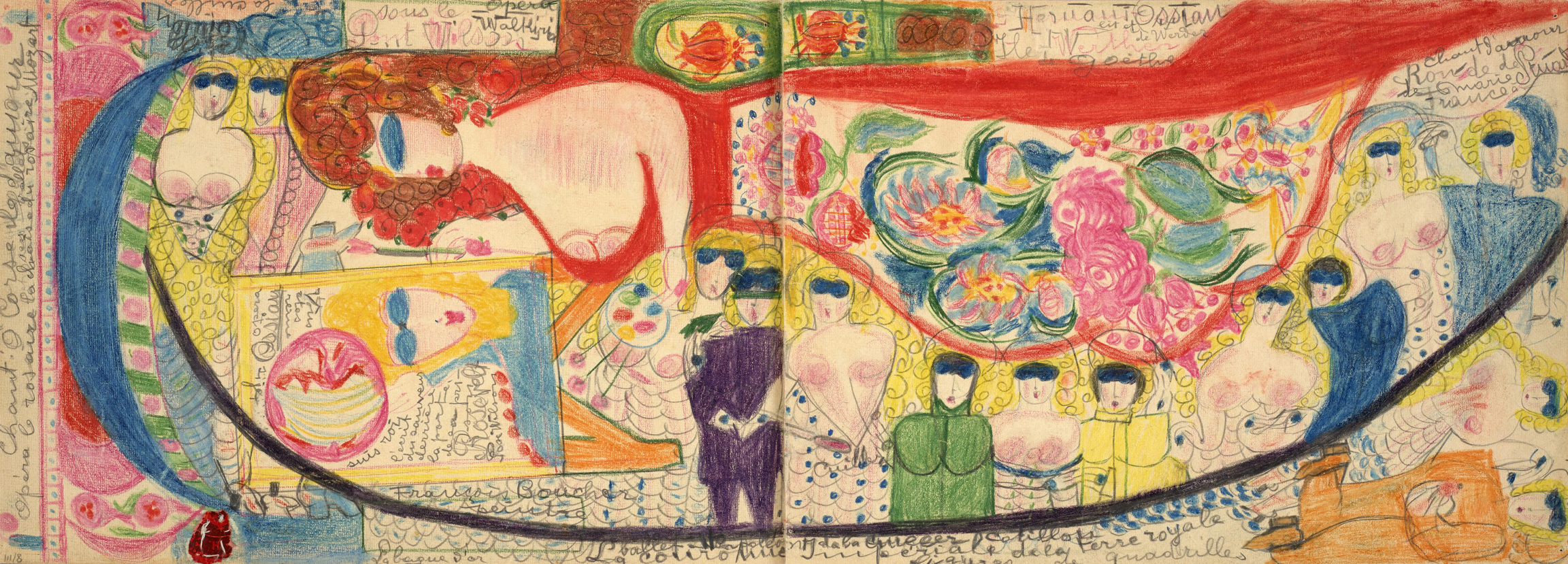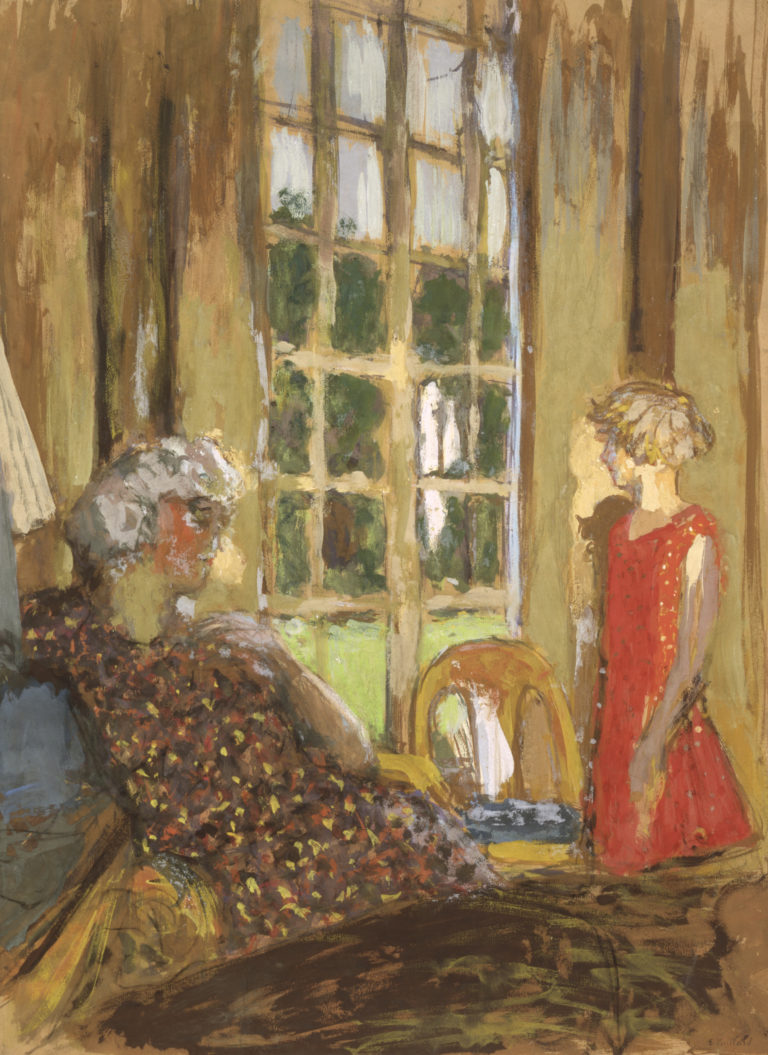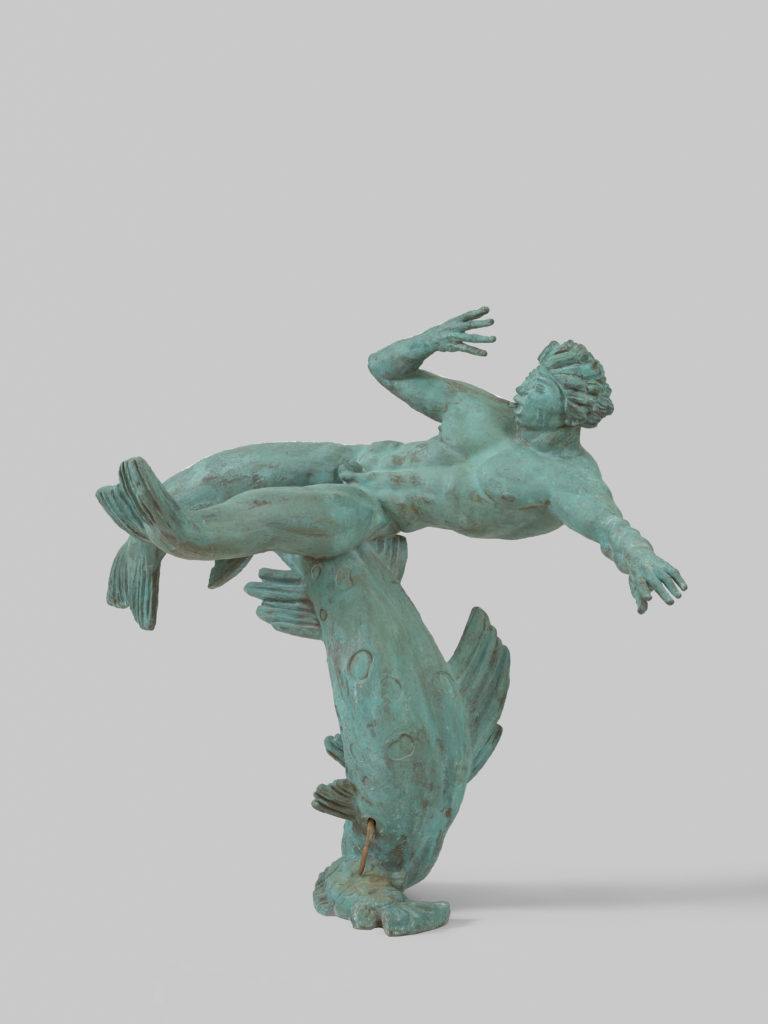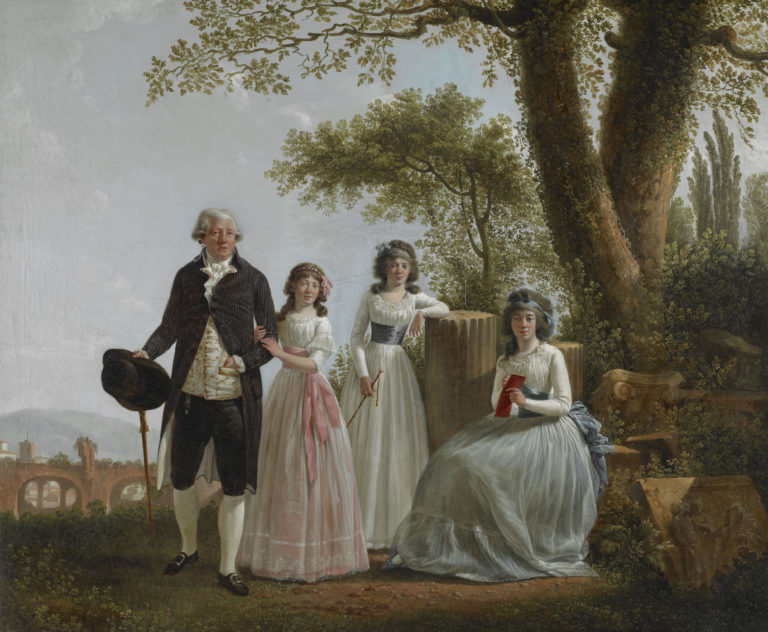Bibliography
Jacqueline Porret-Forel, with the assistance of Céline Muzelle, Aloïse Corbaz (1886–1964). Catalogue raisonné électronique (www.aloise-corbaz.ch), Chigny Fondation Aloïse, Zurich, Institut suisse pour l’étude de l’art, 2012, n° 77.04.
Jacqueline Porret-Forel and Céline Muzelle, foreword by Pascale Marini, Sarah Lombardi and Catherine Lepdor, Aloïse. Le ricochet solaire, Milan, 5 Continents Editions, 2012.
Jacqueline Porret-Forel, Aloïse et le théâtre de l’univers, Geneva, Éditions d’Art Albert Skira, 1993.




Aloïse was fifty-seven and in her twenty-third year as a patient at the Gimel asylum when she filled the twenty pages of this sketchpad with drawings. Such pads had been her preferred medium since the late 1930s. She was constantly searching for ever larger media and here worked across the double spread, using pencils and coloured pencils, which she licked to obtain a thick layer of colour.
Aloïse did this drawing at Easter, one of her favourite festivals. As is generally the case in her works, the themes combine individual memories and scholarly references, recounting her own joys and sorrows and revealing a life parallel to the daily routine of the asylum: she spent years building her own highly complex imaginary realm with its own powerful internal logic.
The subject has been developed both horizontally and vertically. The upper part is occupied by the blossom-filled body of a red-headed woman wearing a gown with a long red train, kneeling on a cushion. Her eyes, like those of all the other characters, are hidden behind a layer of blue, a colour Aloïse associated with the theatre. The ‘empress’ holds an artist’s palette with multicoloured Easter eggs instead of paints. In front of her is an easel with a painting of the bust of a handsome blond king and a shimmering world map. Across the horizontal axis are the words ‘Ô Corse île d’amour’, a hit song by the crooner Tino Rossi. The woman’s body lies across the top of a large ship with a mermaid figurehead, in which a number of small couples in evening wear are preparing to dance a quadrille. The text evokes the children’s game ‘le jeu de la bague d’or’ and refers to great presidents and generals, Napoleon, Roosevelt and Wilson, the writer Goethe, the Rococo artist Boucher, and classical music and composers, Mozart and the operas Ossian, The Valkyrie and Marie Stuart, a reminder that as a young woman Aloïse dreamed of becoming an opera singer.